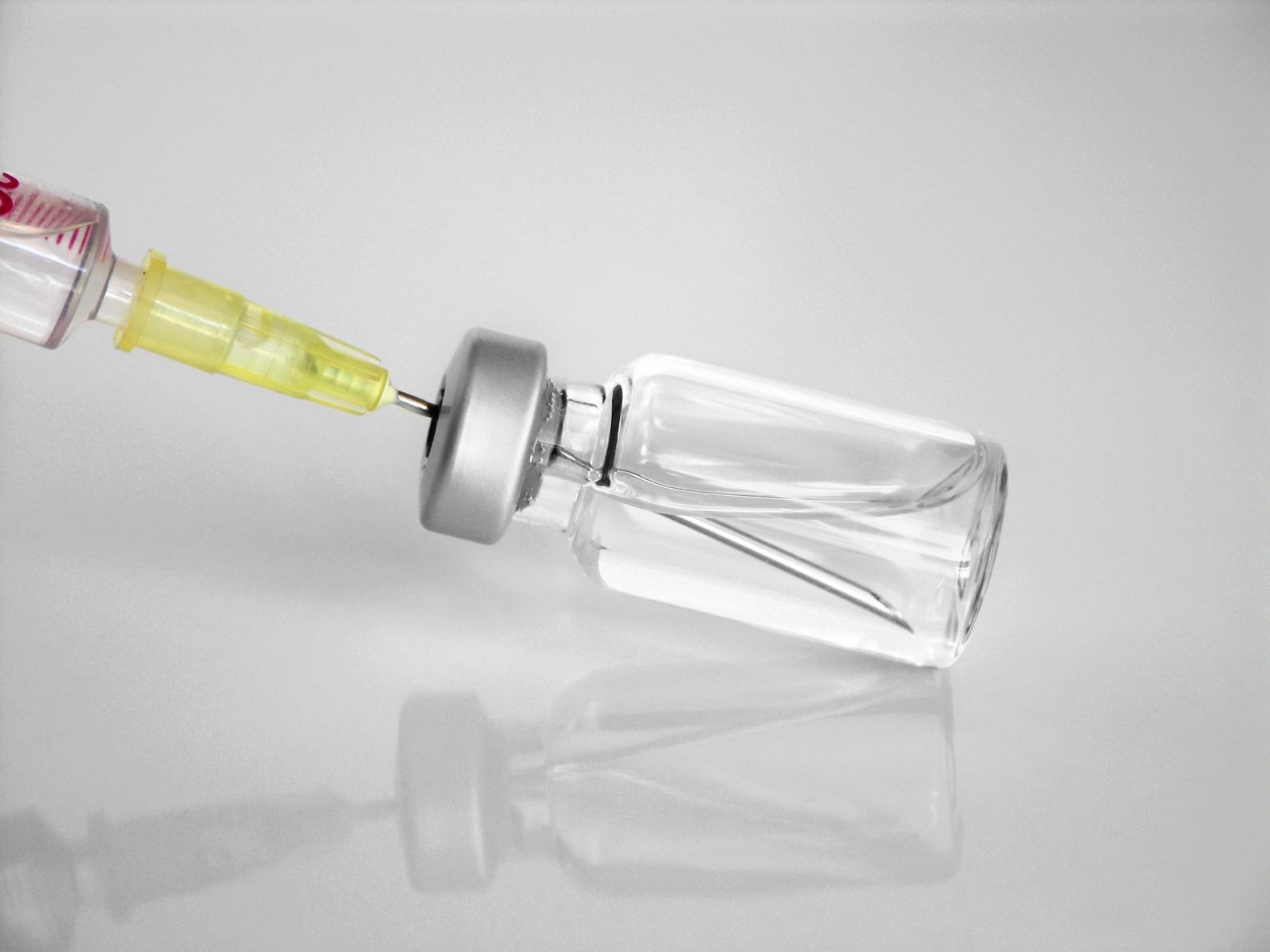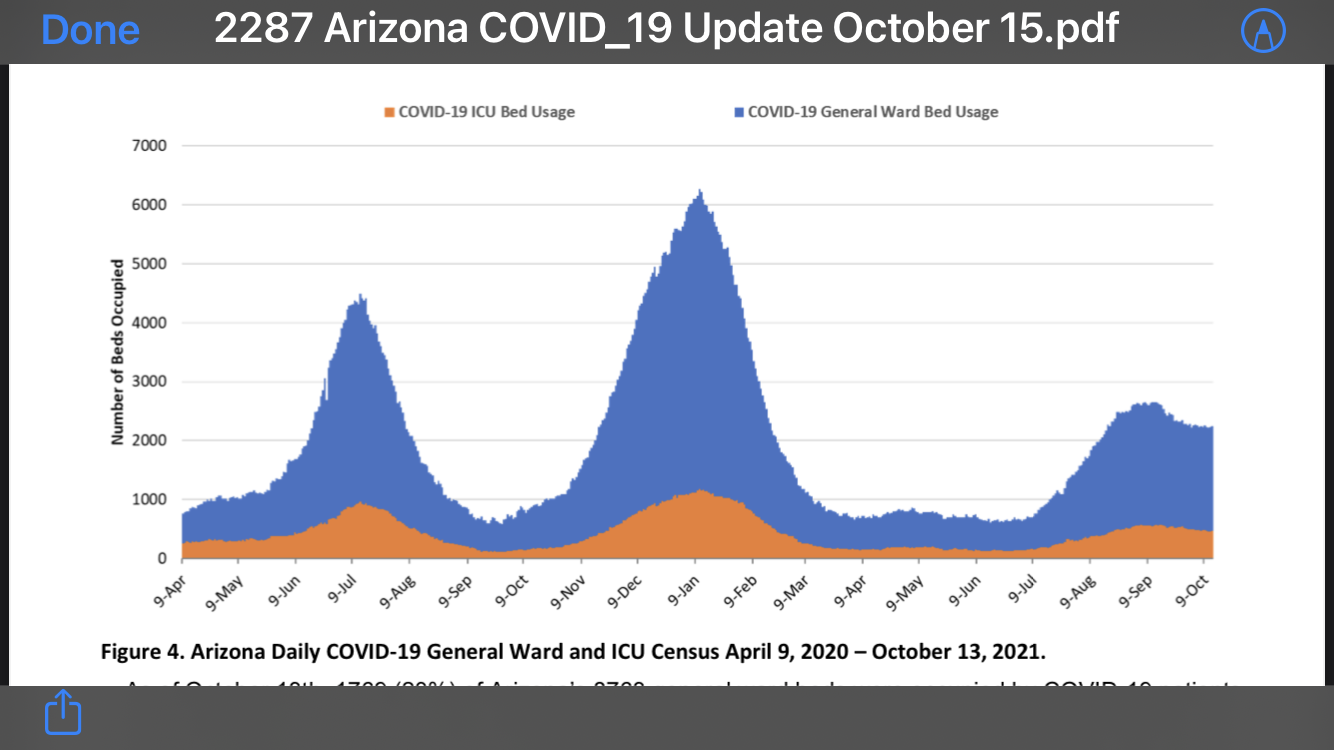The West Nile Virus arrived for the first time that we know of in North American in 2003. There were cases East of the Mississippi that year, and the Eastern US did experience a significant outbreak that year. The next year was the Western US’ turn, and Arizona has several hundred cases of the West Nile virus that year. Most of us thought that 2004 would always be the worst year, but that is no longer true.
The number of West Nile virus cases has now exceed the number from 2004 in Arizona, most likely owing to the generous monsoon season that we had. The reason we thought we’d never have another year like 2004 is that the first year is almost always the worst for WNV. That’s because Arizona birds are the primary reservoir for the virus and in year one, all the birds are susceptible while in later years mostly just the new hatchlings are susceptible (mosquitoes spread the disease from bird to bird). Humans are more of a secondary reservoir.
Here are some factoids about WNV:
No symptoms in most people. Most people (8 out of 10) infected with West Nile virus do not develop any symptoms.
Febrile illness (fever) in some people. About 1 in 5 people who are infected develop a fever with other symptoms such as headache, body aches, joint pains, vomiting, diarrhea, or rash. Most people with febrile illness due to West Nile virus recover completely, but fatigue and weakness can last for weeks or months.
Serious symptoms in a few people. About 1 in 150 people who are infected develop a severe illness affecting the central nervous system such as encephalitis (inflammation of the brain) or meningitis (inflammation of the membranes that surround the brain and spinal cord).
- Symptoms of severe illness include high fever, headache, neck stiffness, stupor, disorientation, coma, tremors, convulsions, muscle weakness, vision loss, numbness and paralysis.
- Severe illness can occur in people of any age; however, people over 60 years of age are at greater risk for severe illness if they are infected (1 in 50 people). People with certain medical conditions, such as cancer, diabetes, hypertension, kidney disease, and people who have received organ transplants, are also at greater risk.
- Recovery from severe illness might take several weeks or months. Some effects to the central nervous system might be permanent.
- About 1 out of 10 people who develop severe illness affecting the central nervous system die.
Diagnosis
- See your healthcare provider if you develop the symptoms described above.
- Your healthcare provider can order tests to look for West Nile virus infection.
- To learn more about testing, visit our Healthcare Providers page.
Treatment
- No vaccine or specific medicines are available for West Nile virus infection.
- Over-the-counter pain relievers can be used to reduce fever and relieve some symptoms
- In severe cases, patients often need to be hospitalized to receive supportive treatment, such as intravenous fluids, pain medication, and nursing care.
- If you think you or a family member might have West Nile virus disease, talk with your health care provider.
- To learn more about treatment, visit our Healthcare Providers page.
For additional information and resources, please visit :
- Disease information and current case counts: www.maricopa.gov/1608/
Mosquito-Related-Diseases - Arboviral site: www.azdhs.gov/
preparedness/epidemiology- disease-control/mosquito- borne/index.php - Information on WNV: www.cdc.gov/ncidod/dvbid/
westnile/index.htm - Information on SLE: www.cdc.gov/sle/



